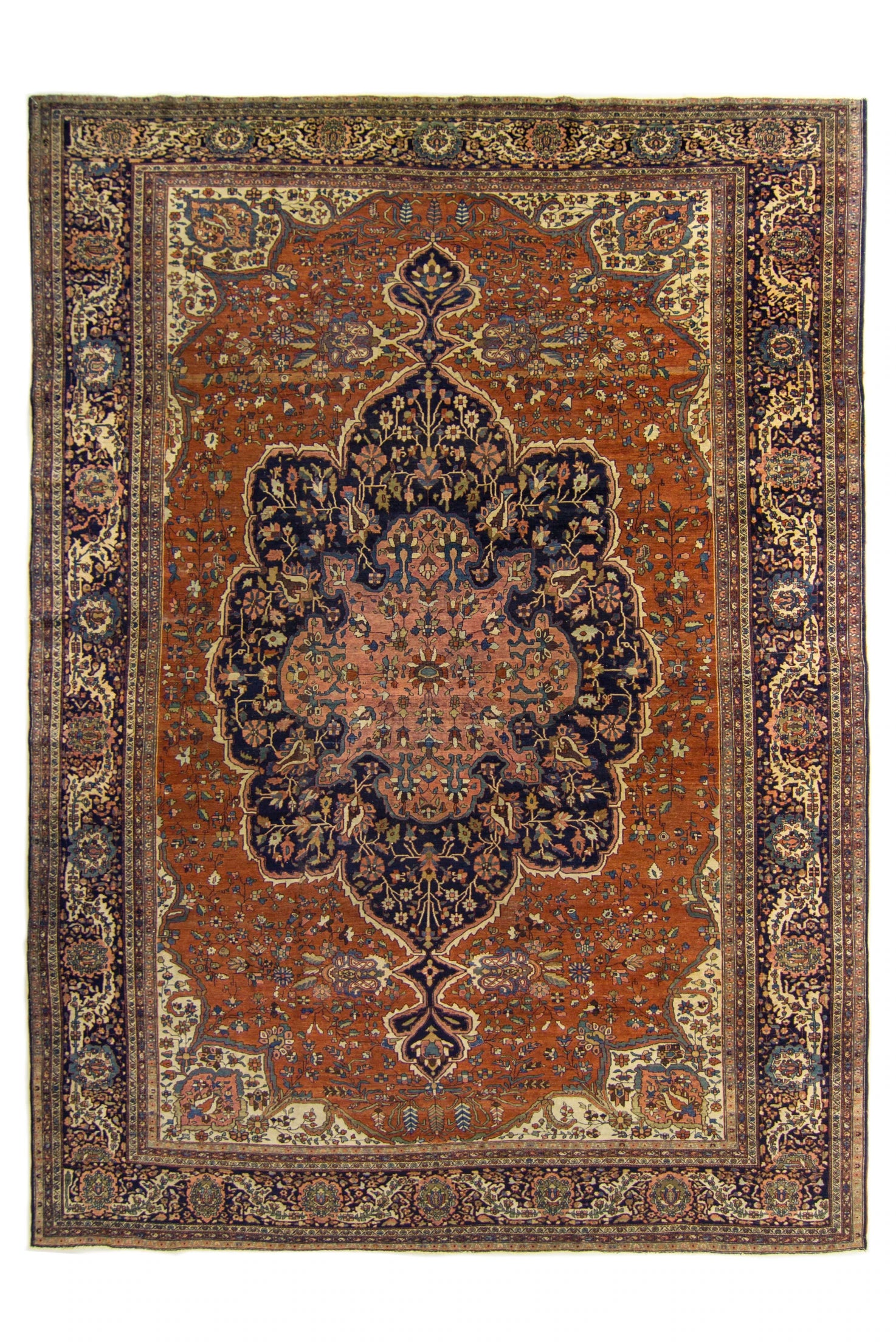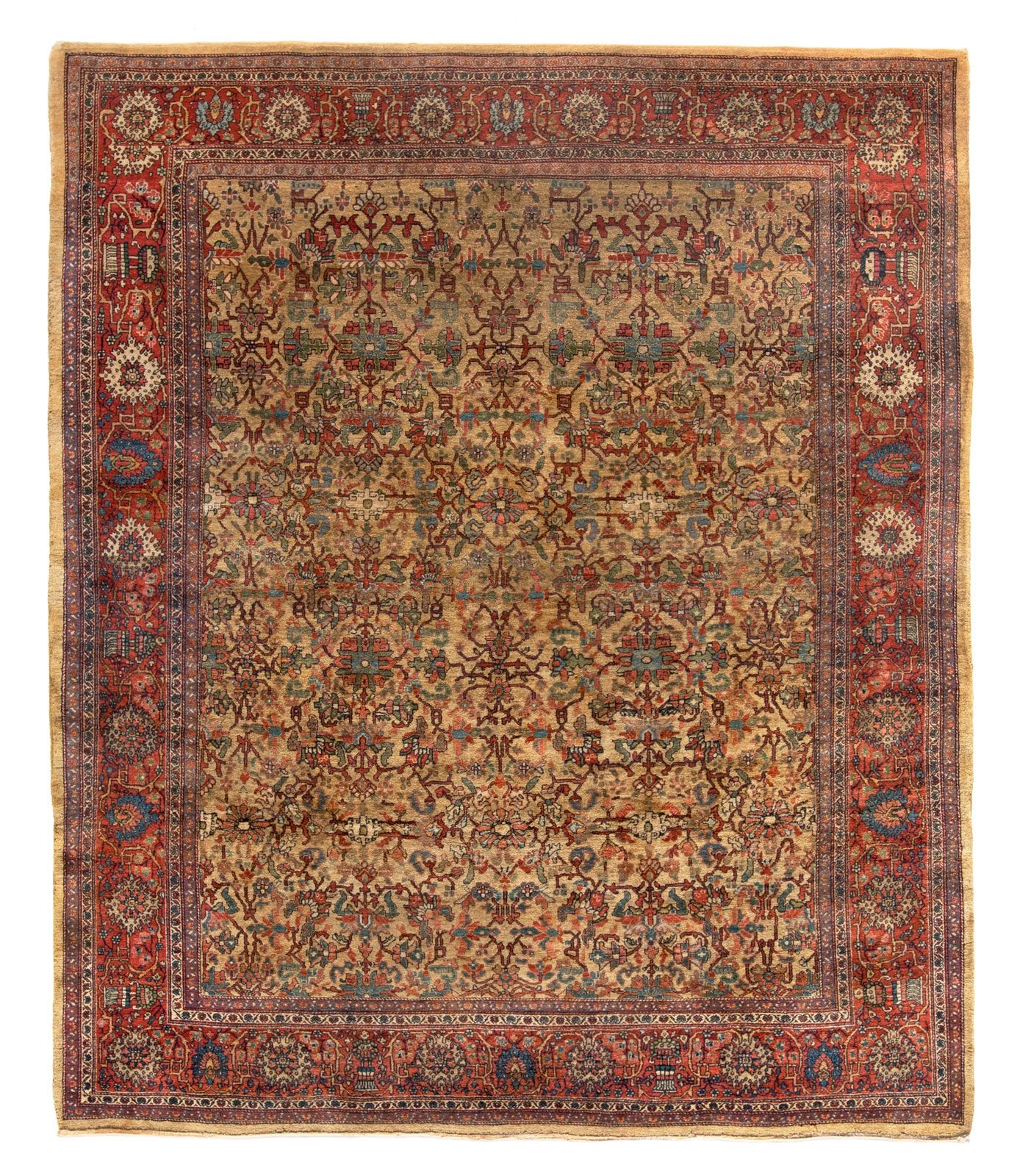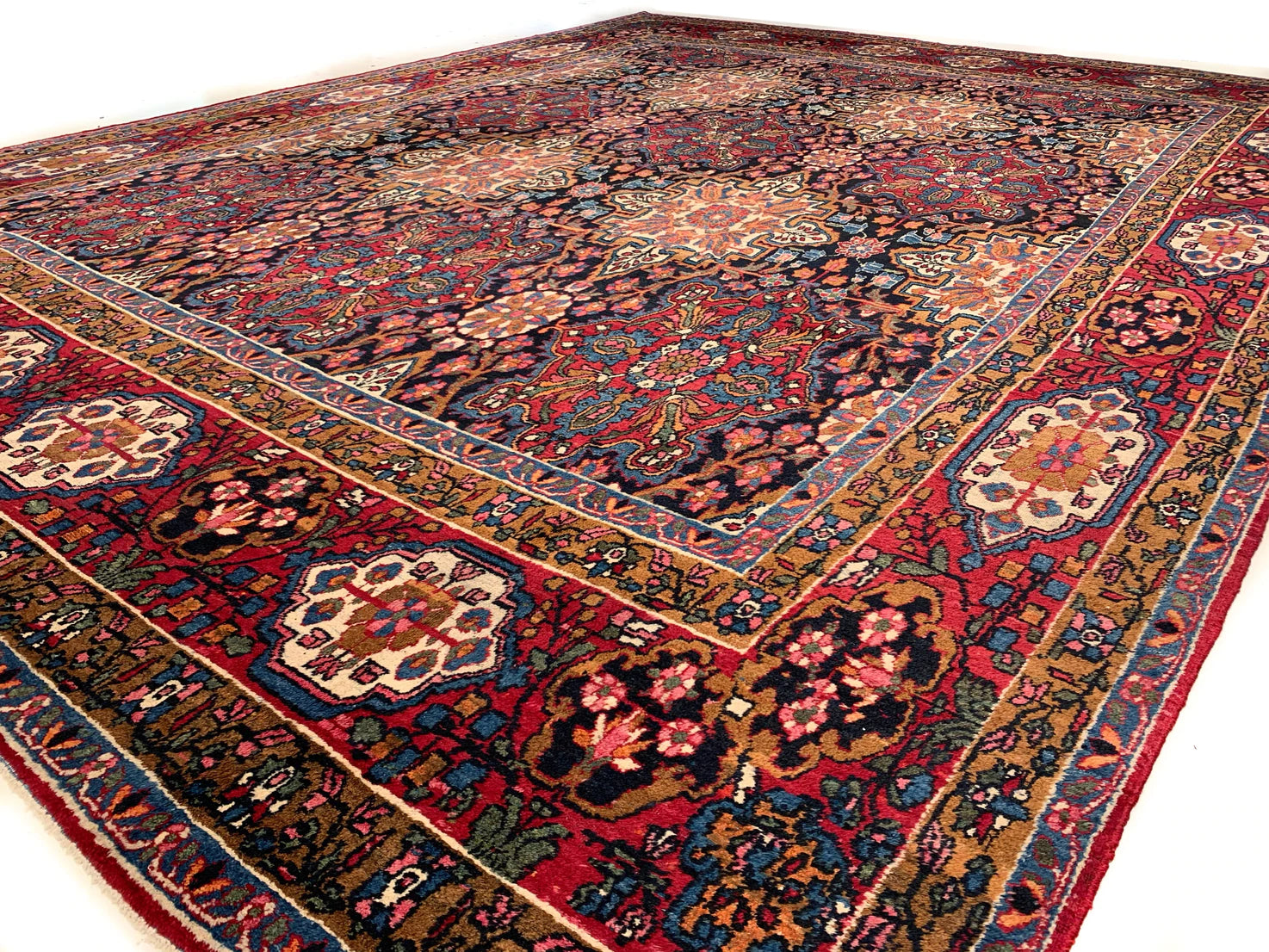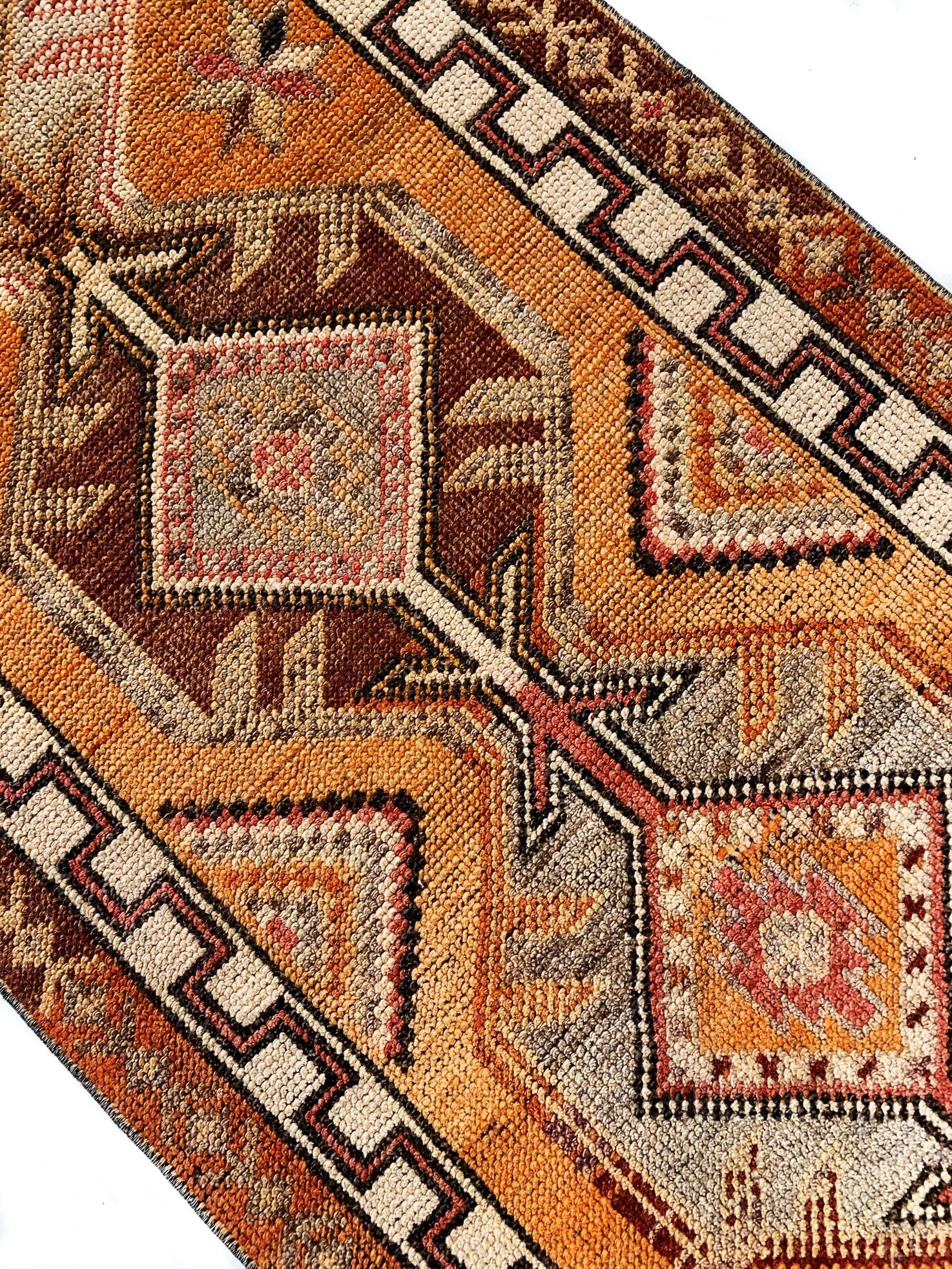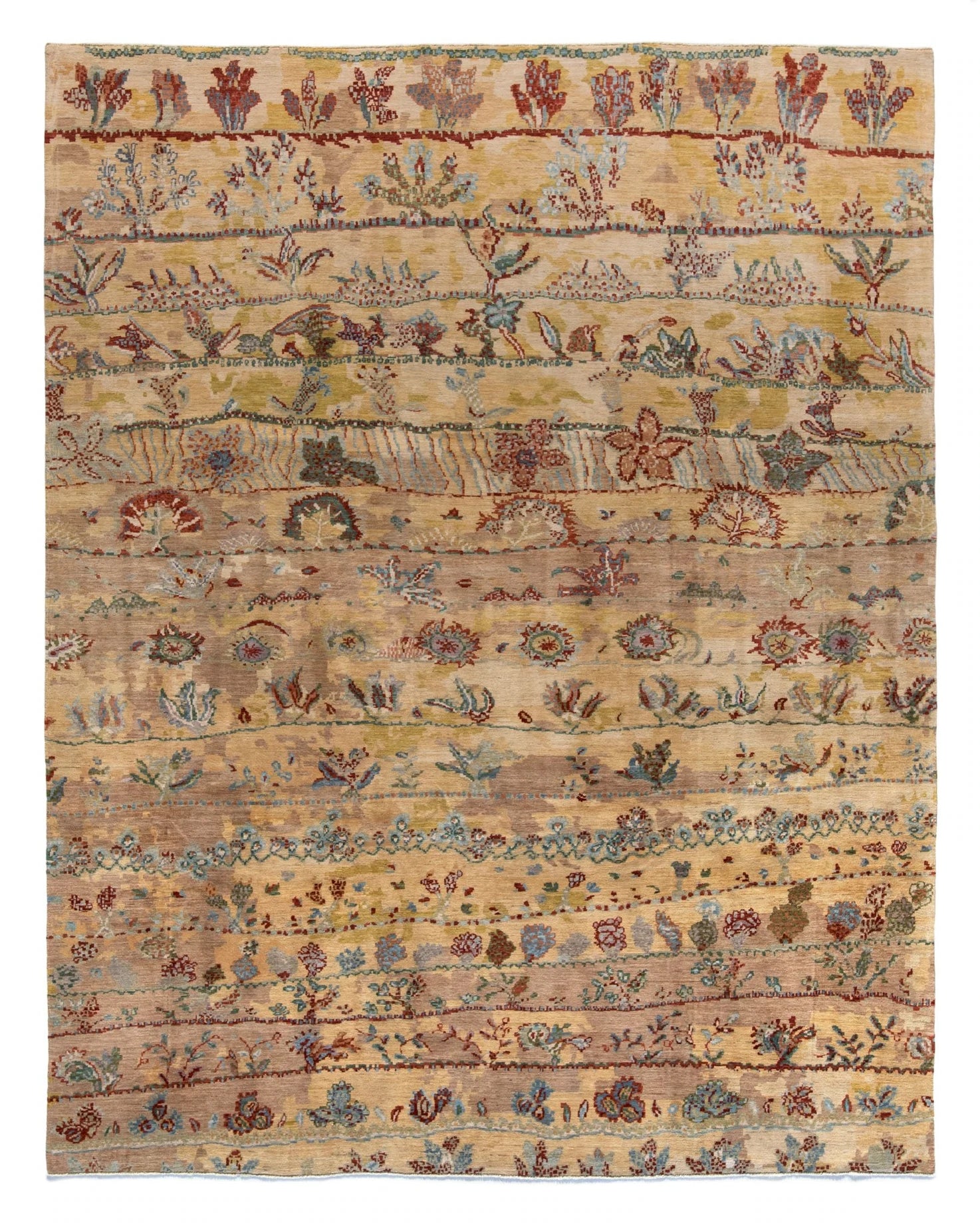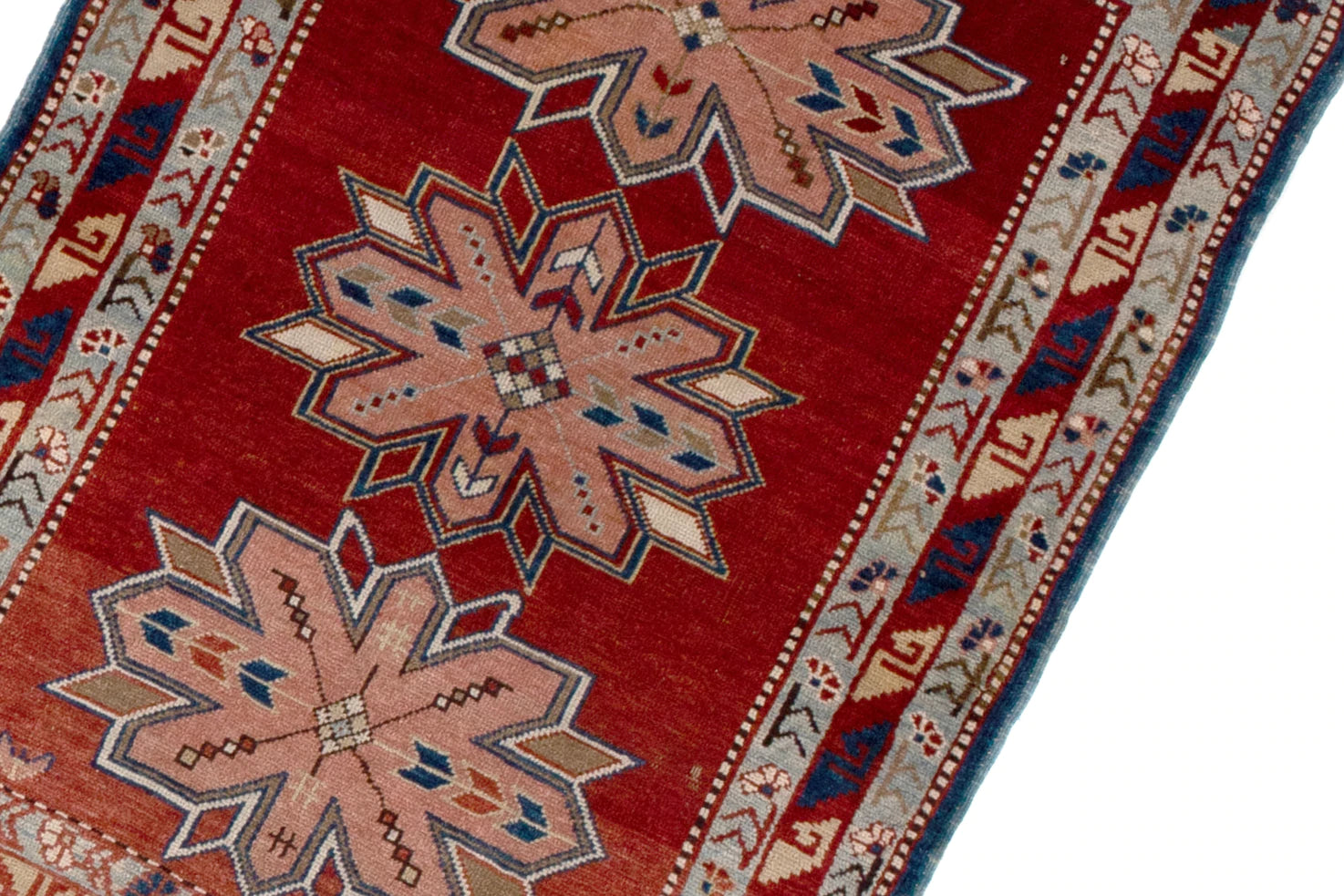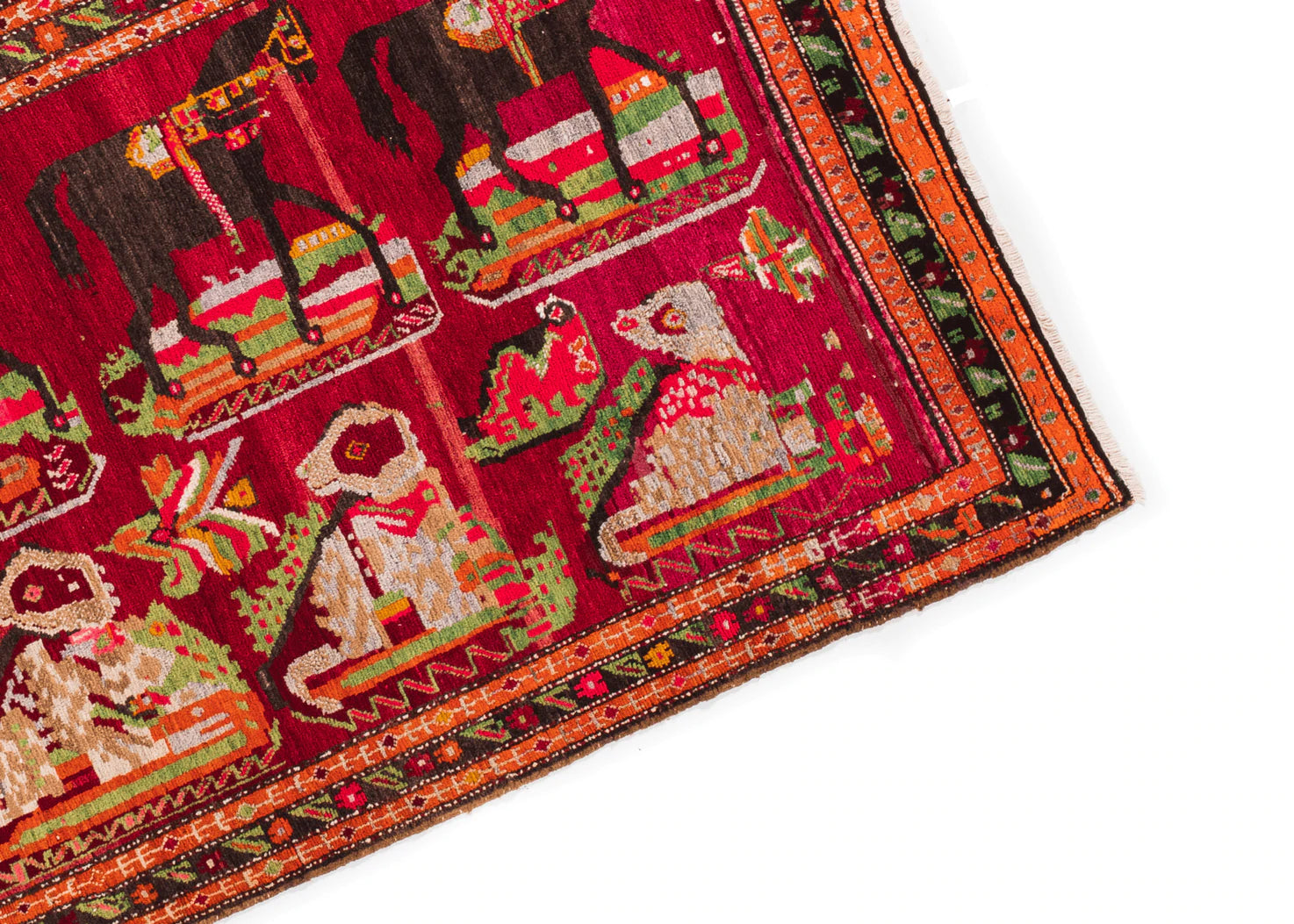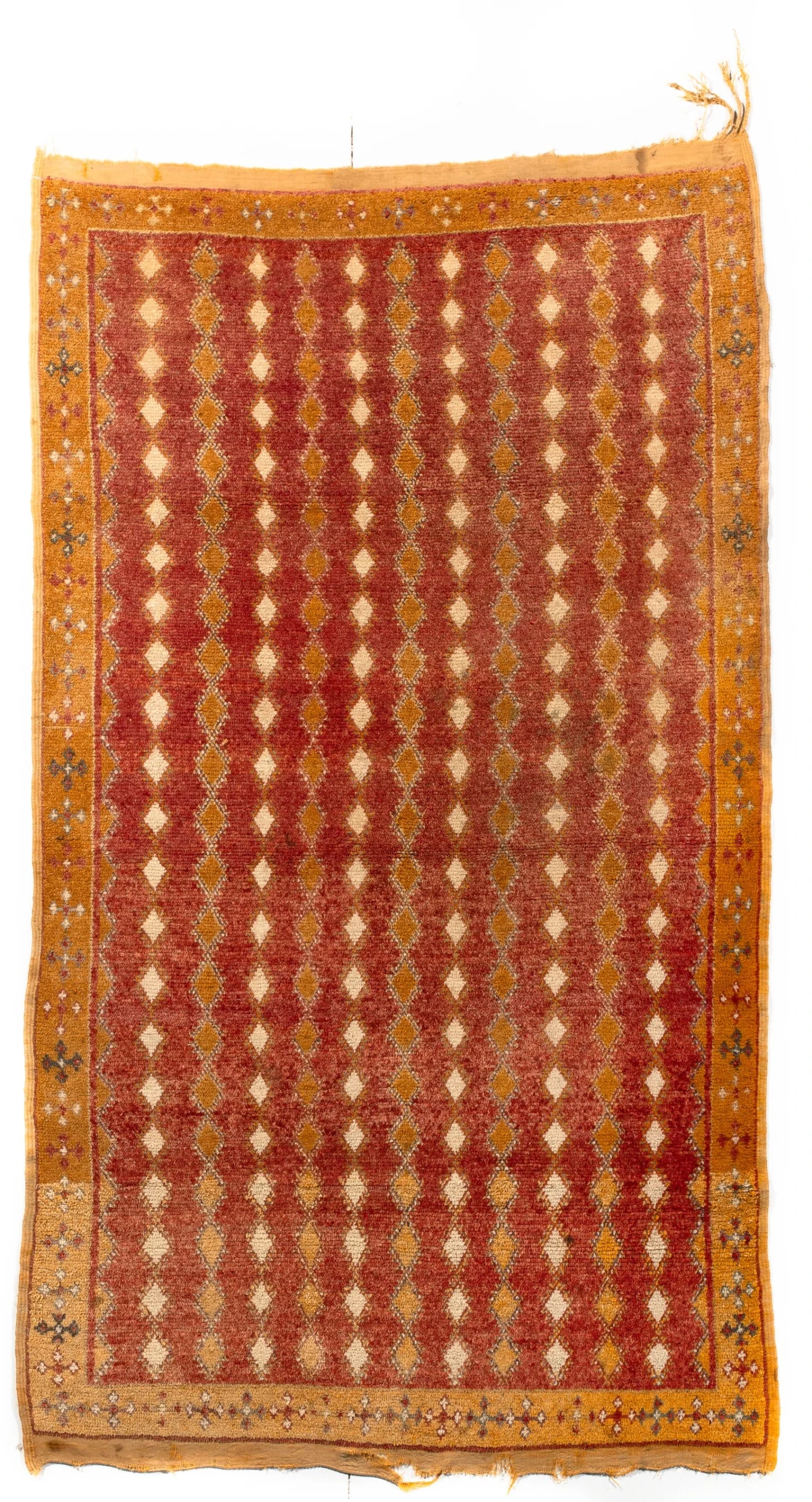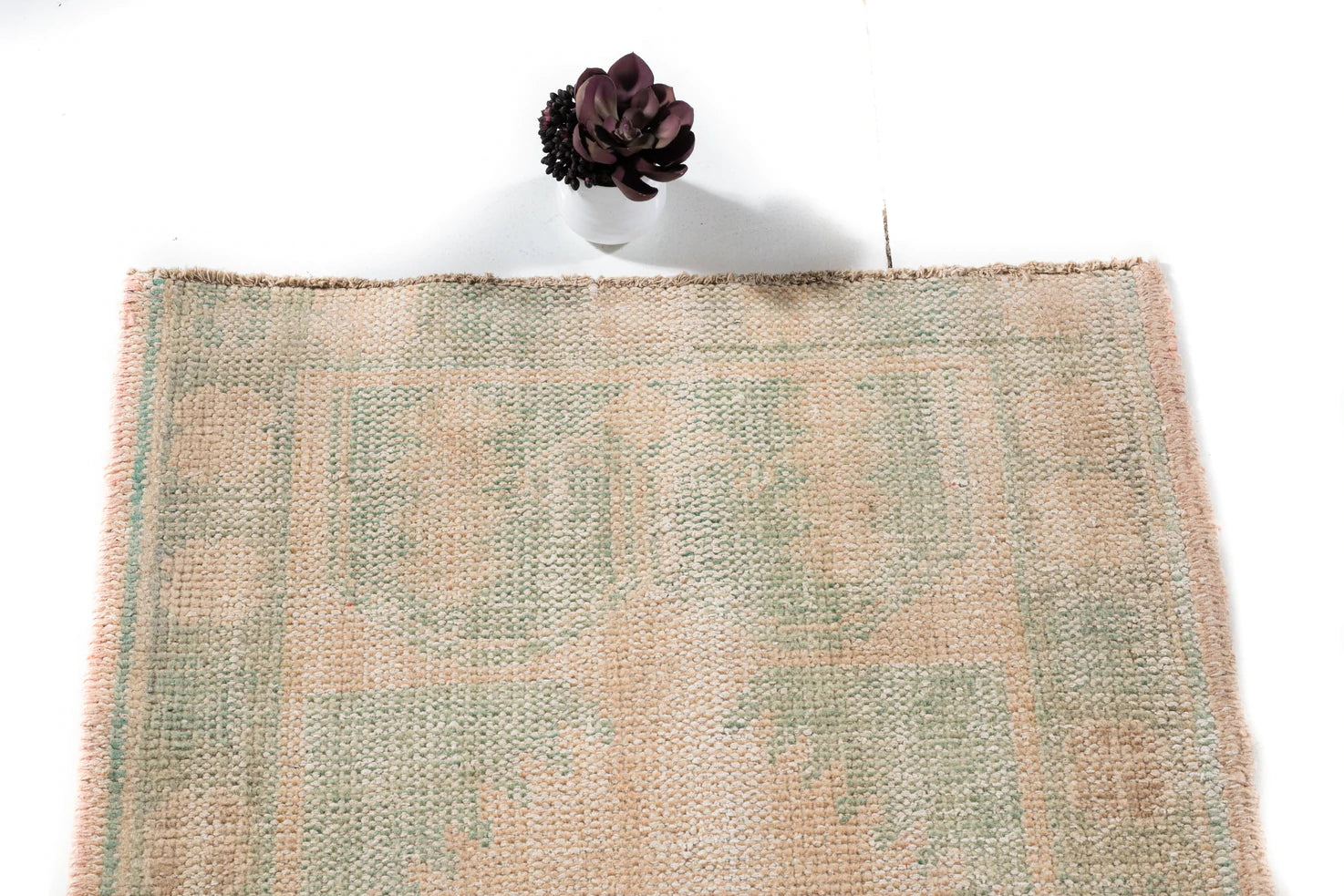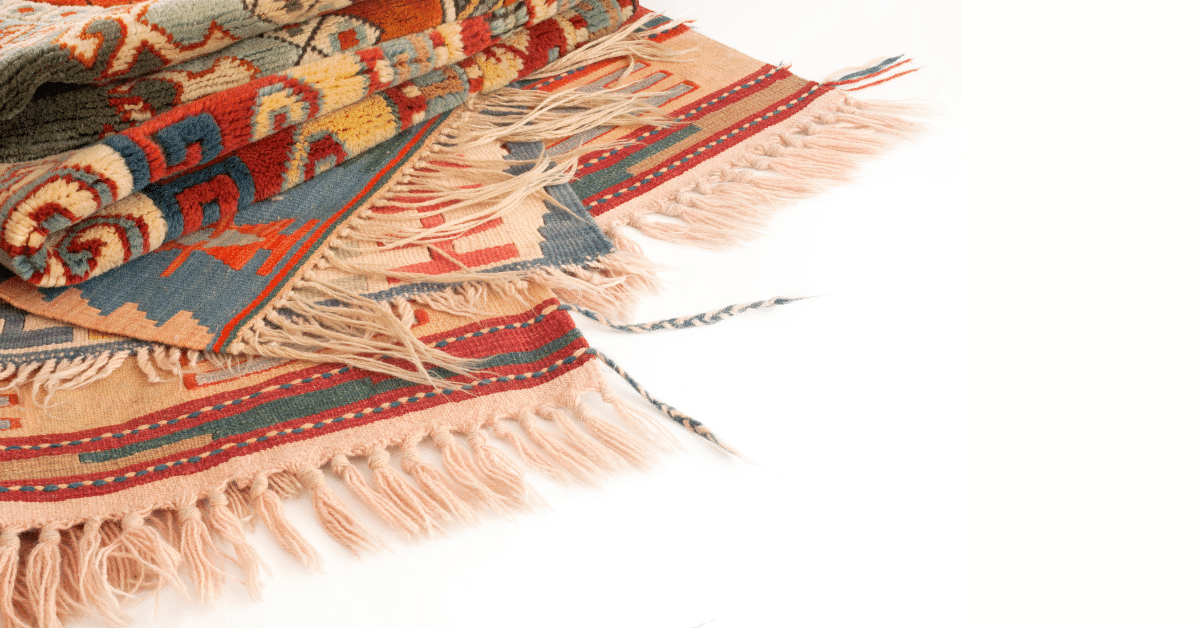How to Renovate a Victorian House With a Persian Rug
If you want to own a Victorian house, you can find the perfect place to live. In Britain, the Victorian era was marked by the booming housing industry. Suburbs of the country were dominated by Victorian properties. Unlike today, cars weren’t invented until the Victorian era. Therefore, most Victorian properties do not have a garage or parking space. Instead, you will need to find a space to park a car, as the Victorians were not big on cars.
For example, the owners of this 1901 Victorian home in New Jersey chose to update the decor in the living room. They paired a pinkish-red Oushak rug with aqua contemporary chairs. They also used a gold Chinoiserie hand-painted silk wallcovering to bring a modern vibe to the traditional room. And if you are looking for a rug, a vintage Persian wool rug, will make a great choice.
The interior of a Victorian house is equally ornate as its exterior. This architectural style often features ornate details, such as terracotta floor tiles, black-and-white floor tiles, crown molding, and embossed details. It also typically features a large parlor or dining room, and smaller bedrooms. Victorian houses also relied heavily on fireplaces for heat, and the rooms are designed to trap warmth.
Victorian houses are a product of their time and were built between 1837 and 1901. They were also influenced by the Industrial Revolution, which made it easier to access better materials and more elaborate decorative designs. With the use of colored paint, Victorian houses are also ornate and overly decorative. While the Victorian era was an era of opulence, it did mark the beginning of the Industrial Revolution. Victorian houses are beautiful and are a reflection of wealth.
The roof of a Victorian house is another important feature. Victorian houses generally have slate roofs, which make them easier to transport. They also often feature finials on their roofs, which are small carved ornaments that resemble a lion. The ridge tiles are usually made of terracotta, and the designs are very ornate. Victorian houses also have many decorative details, such as wrought iron finials.
Before renovating your Victorian home, consider whether it is feasible. Victorian homes often have a basement, which can be converted into a livable space. You should contact the historic preservation board in your area if you are concerned about preserving the house. You should also hire a contractor who has experience renovating historic homes. Depending on the size of your Victorian home, you might be able to add a great room or an additional bedroom or office.
If you’re interested in purchasing a Victorian home, consider the many different styles. Gothic Revivals, Italianate, and French styles are all common in the United States. Most of them originated in the mid-1800s and were popular in areas where there was significant growth. You can find these types of houses in places like New Orleans, Cincinnati, and Philadelphia. If you’re looking for a Victorian home in a different area, consider working with a partner agent in your area.

